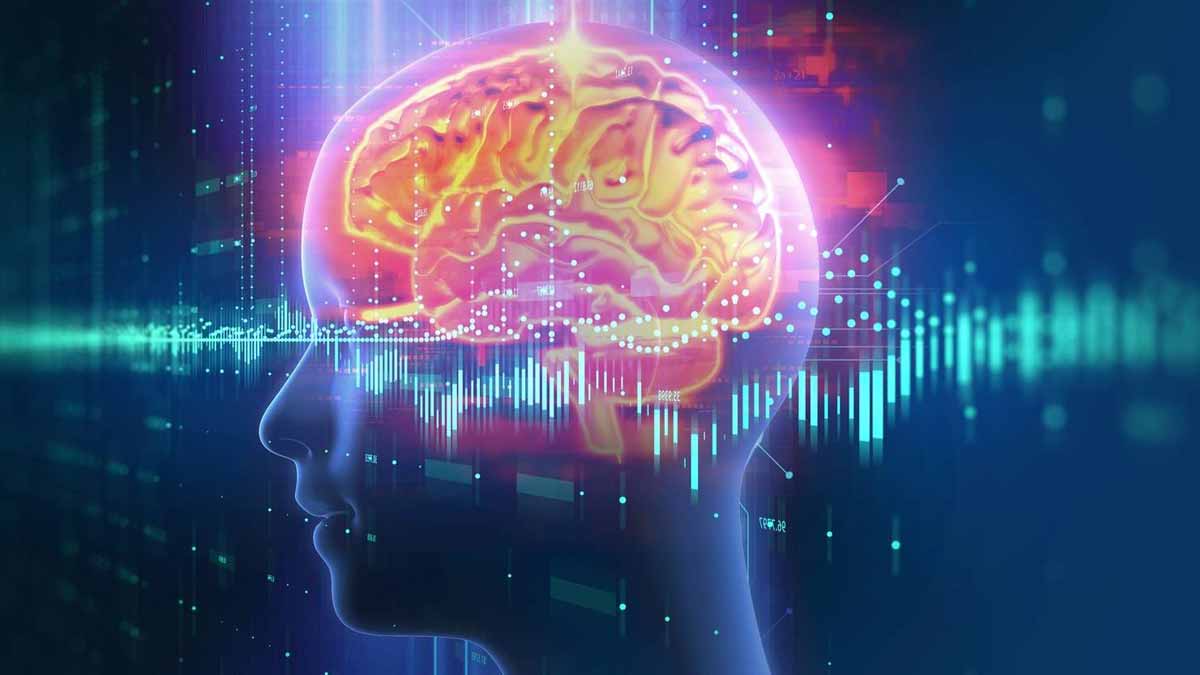A quiet shift is underway in how we think about the brain’s power supply and memory loss. Researchers showed that when neurons get more fuel inside their tiny engines, thinking improves. The engines are mitochondria, and the test bed was rigorous. The team worked in established dementia mouse models, so the signal did not hinge on chance. Results stayed cautious, yet the path to therapy looks clearer, because cause and effect finally align.
How mitochondria connect to memory loss and brain energy
Mitochondria generate the energy that every cell needs, and the brain uses a lot. Neurons burn this energy so they can talk to each other through synapses, and so networks keep information alive. When mitochondrial activity falls, neurons misfire, then networks drift. Scientists have long seen this pattern in neurodegenerative disease. In Alzheimer’s disease, degeneration shows up with impaired mitochondrial activity that appears before cells die, so suspicion fell on energy failure early.
The puzzle involved causality, because tools were missing. Without a way to push mitochondrial activity up or down on demand, evidence stayed correlational, and debates lingered. Teams at Inserm and the University of Bordeaux’s NeuroCentre Magendie, working with the Université de Moncton, designed a new way forward. They built a precise control to lift mitochondrial output inside the brain, then watched behavior change. Signals from memory tests strengthened as bioenergetics returned toward normal.
A custom switch that boosts the cell’s power plants
Years of basic work on G proteins set the stage, because these molecular relays tune many cellular functions. The researchers engineered an artificial receptor named mitoDreadd-Gs that sits directly on mitochondria. When activated, it triggers Gs proteins in place, so the organelles ramp ATP production. Stimulation stayed temporary by design, so measurements could separate short bursts from lasting effects. In animals, the team drove this switch inside brain circuits that code memory.
Behavior responded as energy rose. Dementia mouse models showed normalization of mitochondrial activity, and performance on memory tasks improved in step. The result matters, because it links the energy fix to behavior in the same subjects, not just in slices or cells. The change also undercuts the old worry that memory loss is only a downstream scar, rather than a process tied to bioenergetic failure. Here, the signal flows the other way around.
What reversing memory loss looked like inside the lab
The researchers treated the energy system as the lever, then tested cognition head-on. Because learning relies on timed spikes and plastic synapses, more ATP can raise the ceiling on neuronal work, while less ATP lowers it. With mitoDreadd-Gs on, synaptic communication regained strength, and task performance followed. According to the authors, this marks the first clear cause-and-effect link between mitochondrial dysfunction and neurodegenerative symptoms.
The insight shifts therapeutic logic. Instead of only clearing toxic proteins, clinicians could also restore cellular power, so neurons keep working longer. Early intervention may help most, as degeneration starts before cells die. While these are mouse data, the direction feels practical, because mitochondria already sit at the heart of metabolism. A drug that safely nudges them could help stabilize circuits, then buy time against memory loss during progression.
From correlation to causation, and what changes for targets
The study appeared in Nature Neuroscience and involved Inserm, the University of Bordeaux, and the Université de Moncton. Giovanni Marsicano emphasized that impaired mitochondrial activity may precede neuronal loss, so timing matters for treatment. Étienne Hébert Chatelain noted that the tool can reveal molecular and cellular mechanisms behind dementia, so researchers can map which pathways matter most. This level of control breaks open long-standing questions.
Precision also sharpens risk thinking. If energy rises too far or too fast, cells can suffer stress, so dosing rules must be careful. Circuits differ, and brain regions may need distinct levels of support. Still, a mitochondrial target brings broad reach, because every neuron depends on ATP. Standard care could one day pair disease-specific drugs with safe metabolic lifts, so patients get layered protection while research pushes new angles.
What comes next for safety, timing, and lasting benefits
The next step tests continuous stimulation. Luigi Bellocchio explained that the team aims to see whether sustained boosts change symptoms over time, delay neuron loss, or even prevent it once mitochondrial activity returns to baseline health. Long studies will need careful behavioral batteries, so small effects do not hide in noise. Delivery methods also matter, because gene-based switches work in the lab, while patients will need medicines.
Translating to humans demands control, so researchers will watch dose, duration, and circuit specificity. Biomarkers can guide decisions, while imaging tracks metabolism in target regions. Clinicians could combine energy support with lifestyle measures, because sleep, exercise, and vascular health all shape mitochondrial output. If trials confirm a durable effect on cognition, memory loss might be slowed with a simple principle: keep the brain’s engines fueled at the right level.
Why this early result raises realistic hope, not hype
Scientists reframed a long debate with a practical tool and a clean test. Because behavior improved as mitochondria recovered, confidence grew that energy failure does more than accompany disease; it helps drive it. The finding stays early, and it comes from mice, yet it opens credible routes for therapy design. If future studies show safety and durable gains, memory loss could face a new, tractable target inside every neuron.
